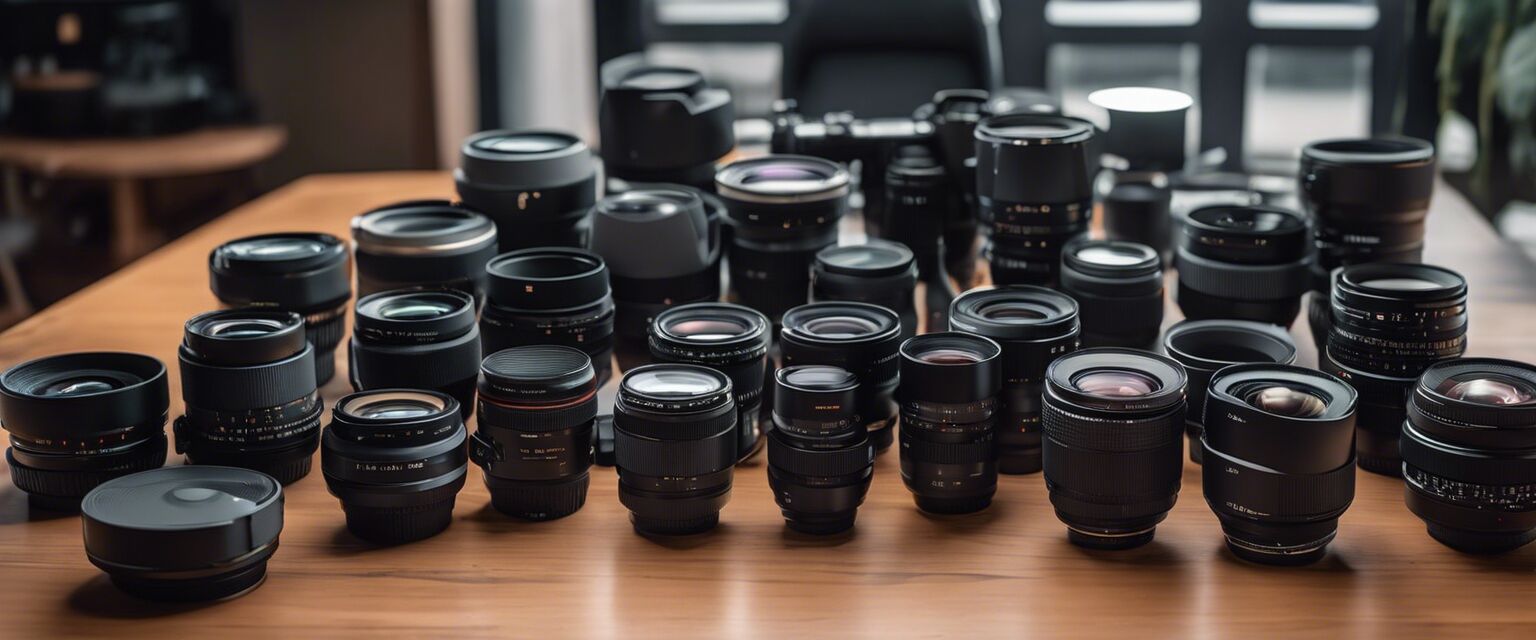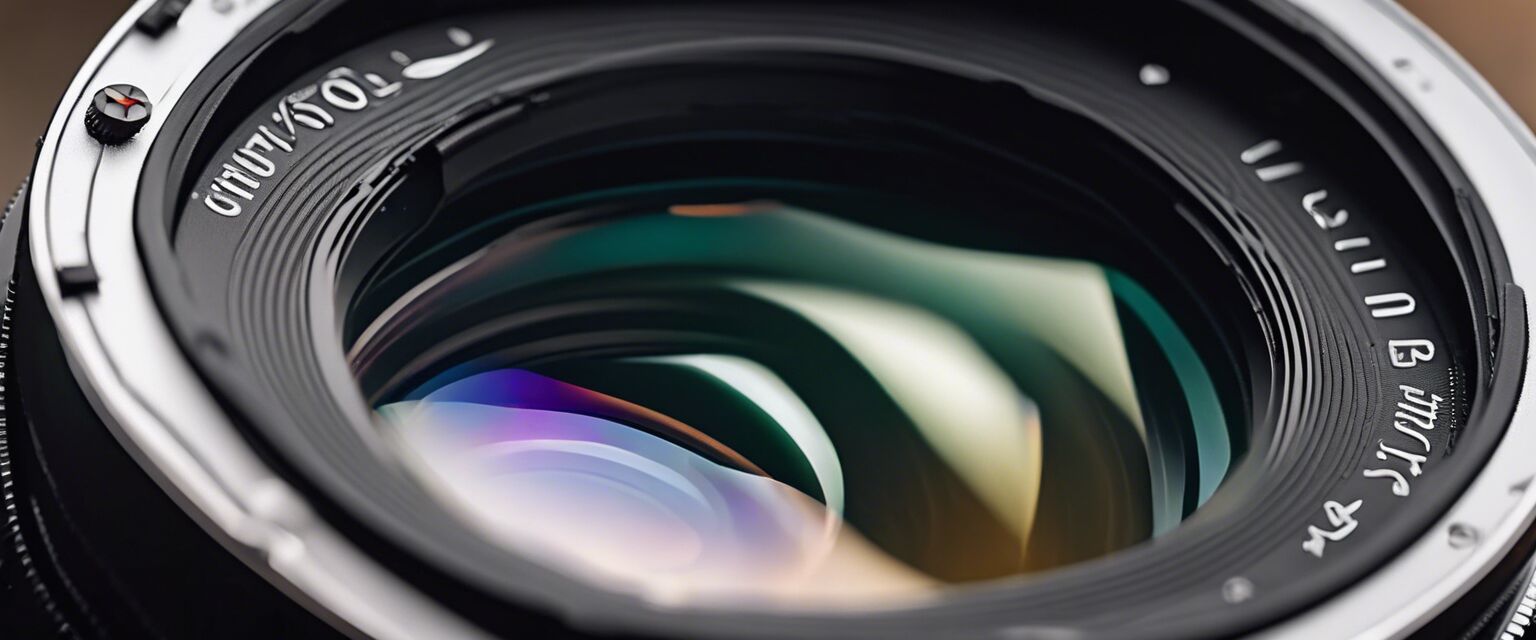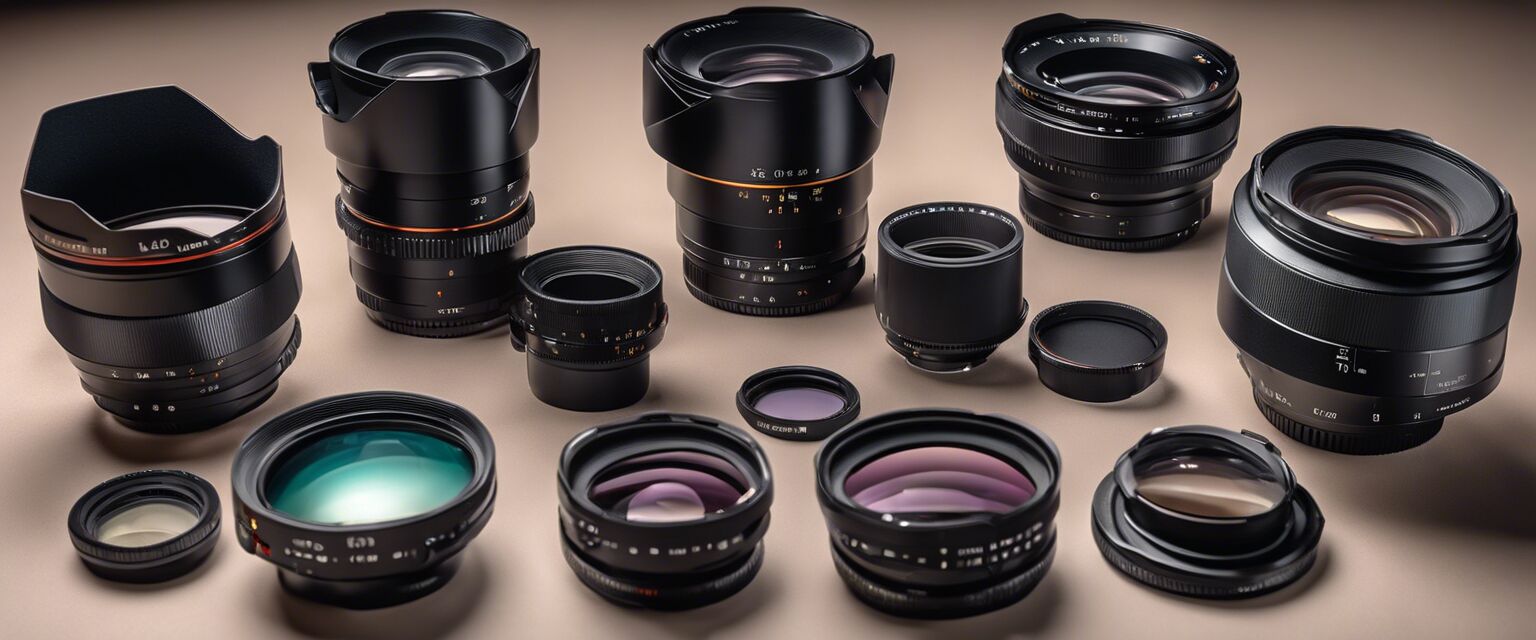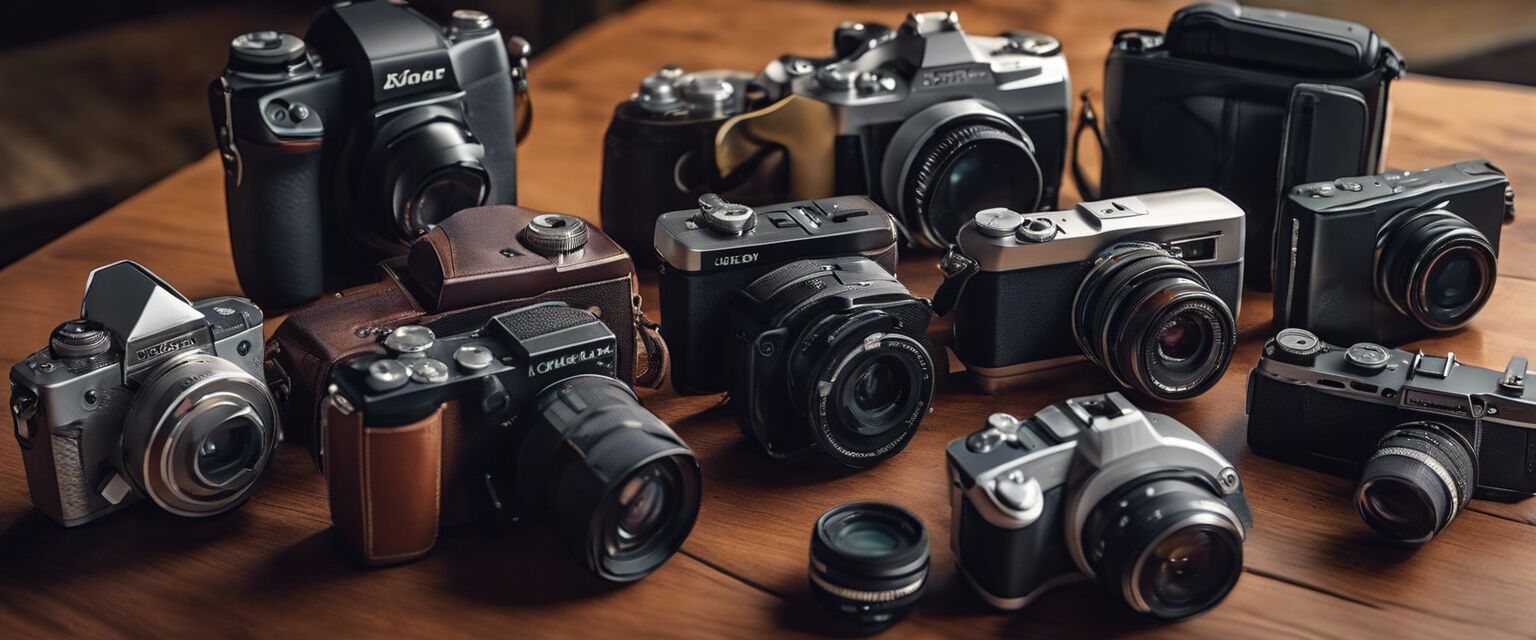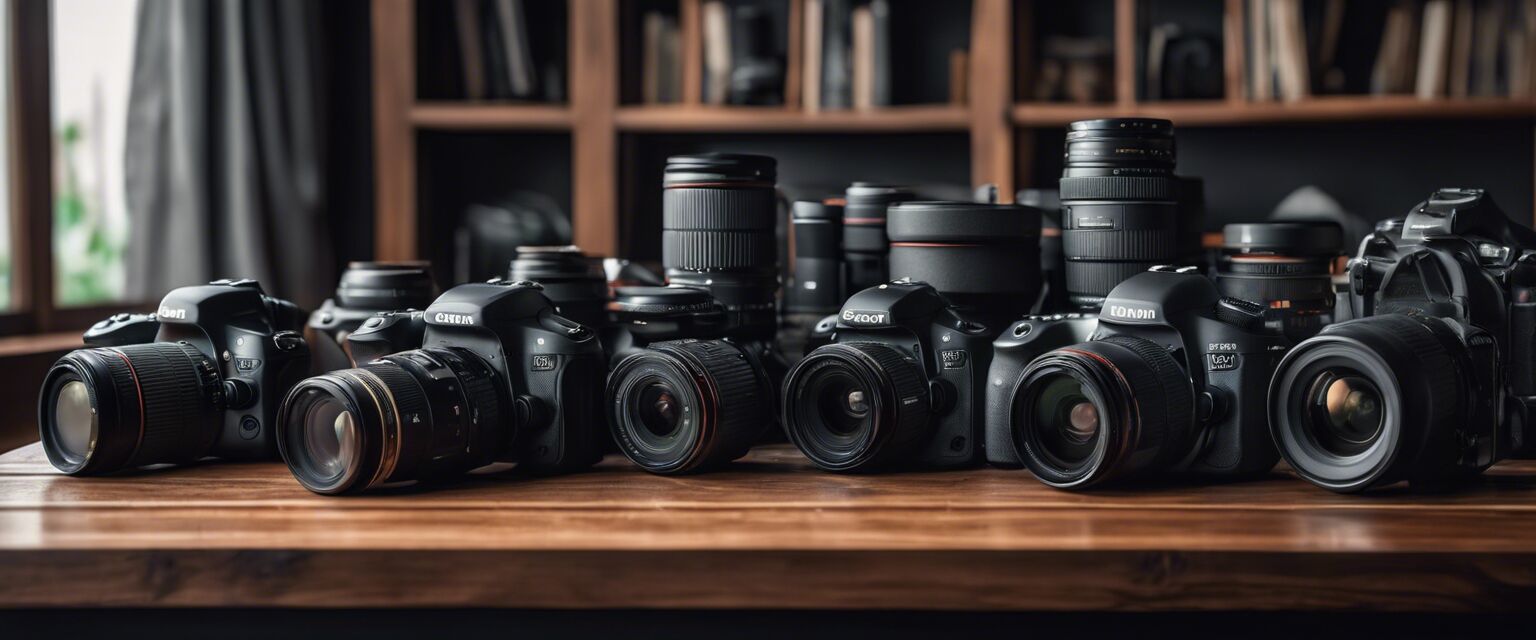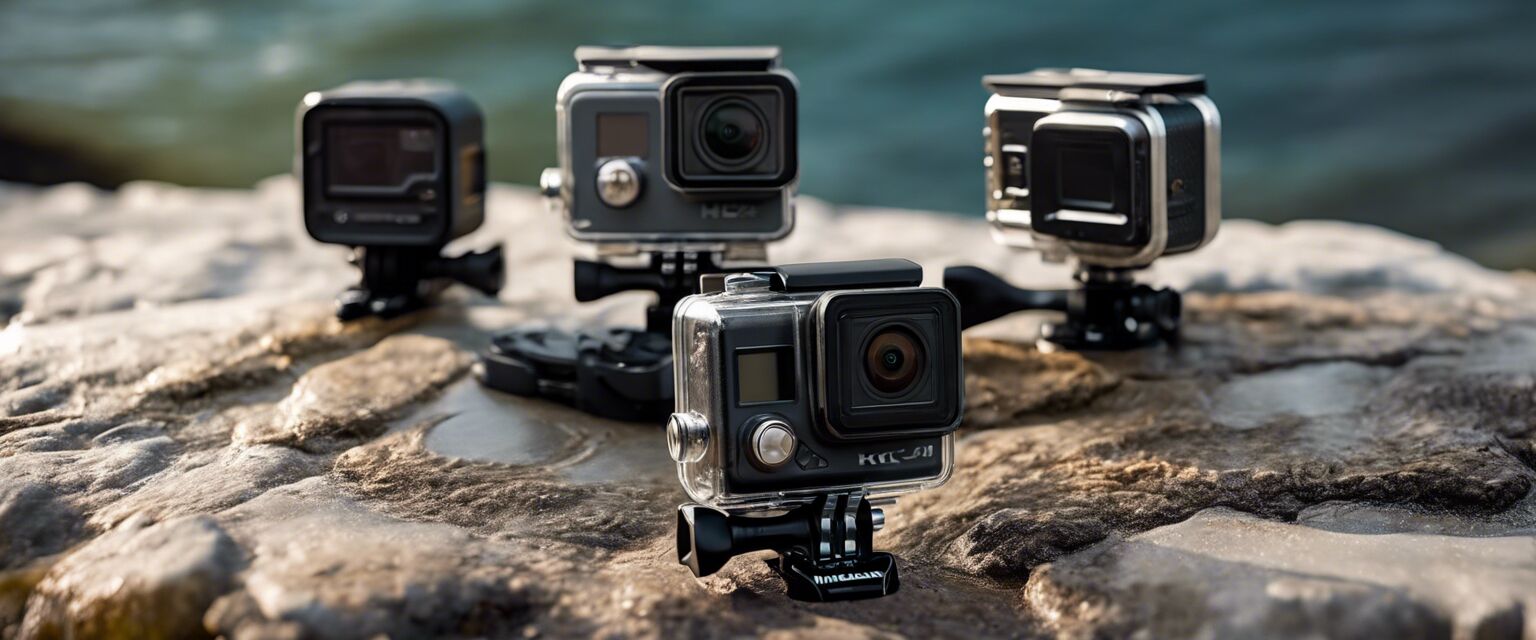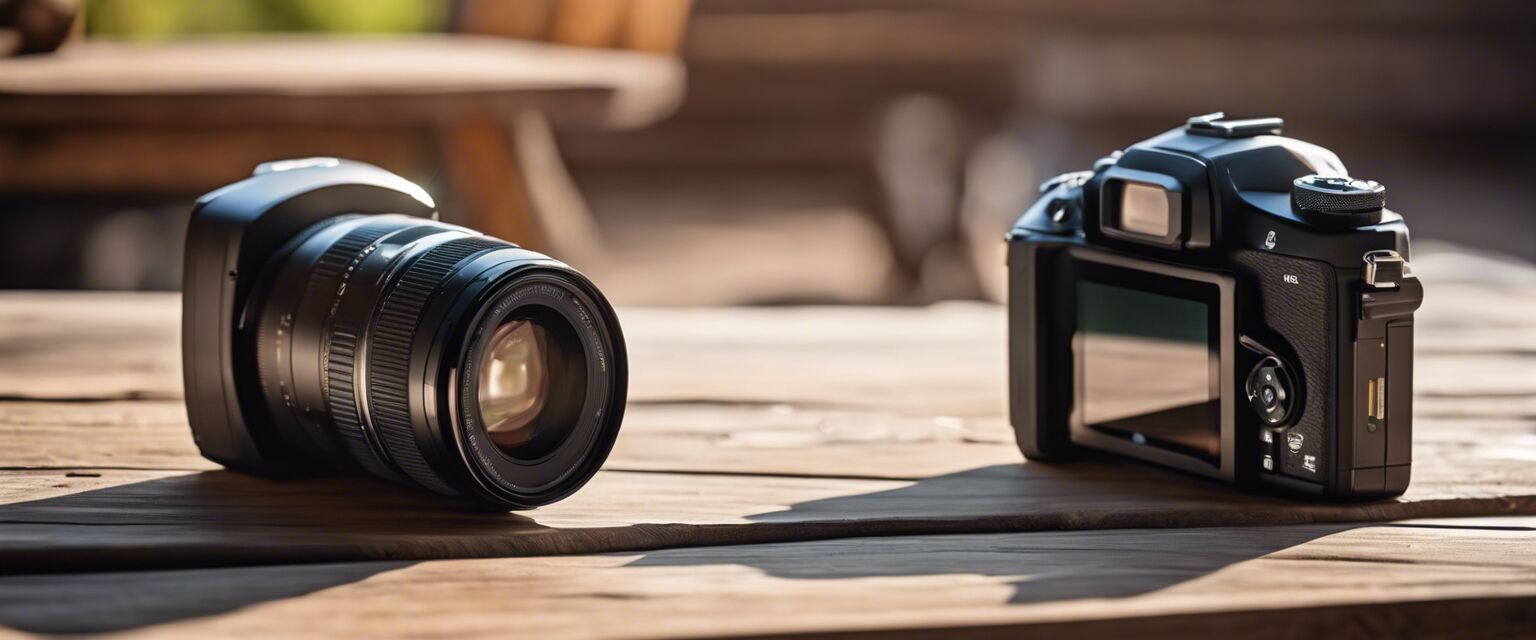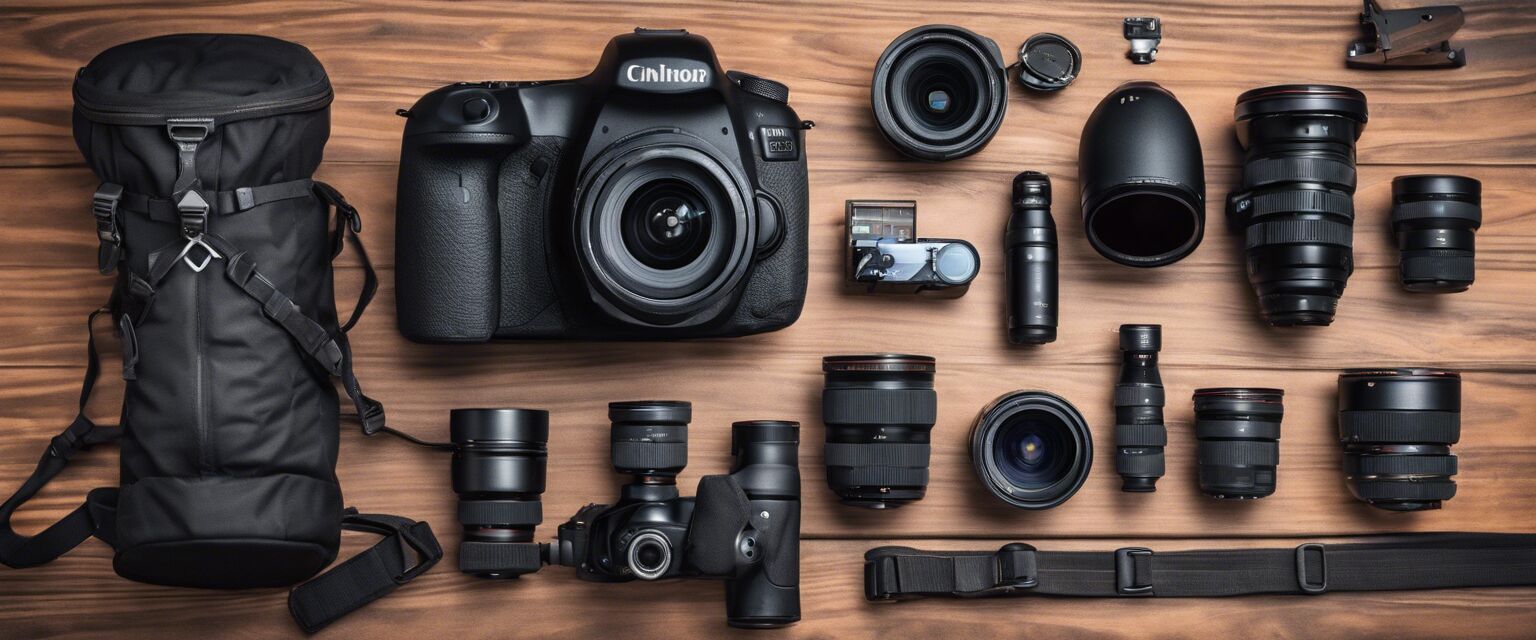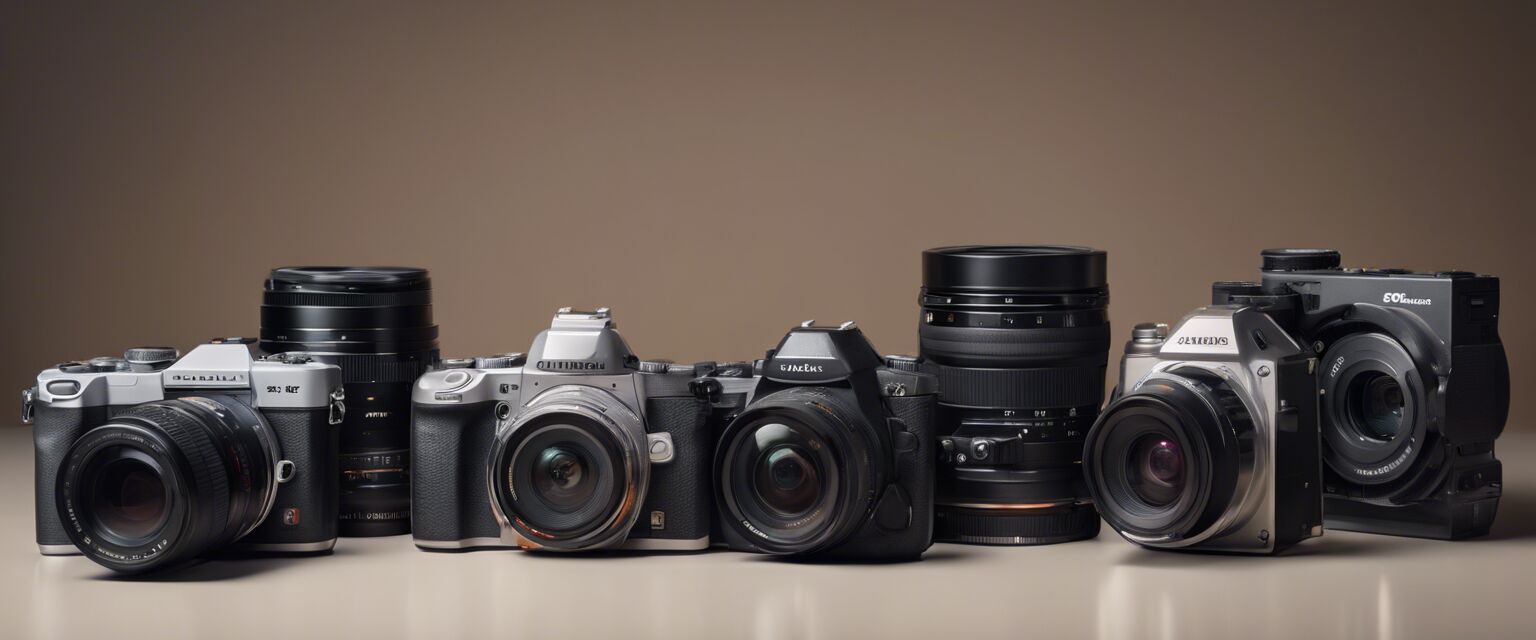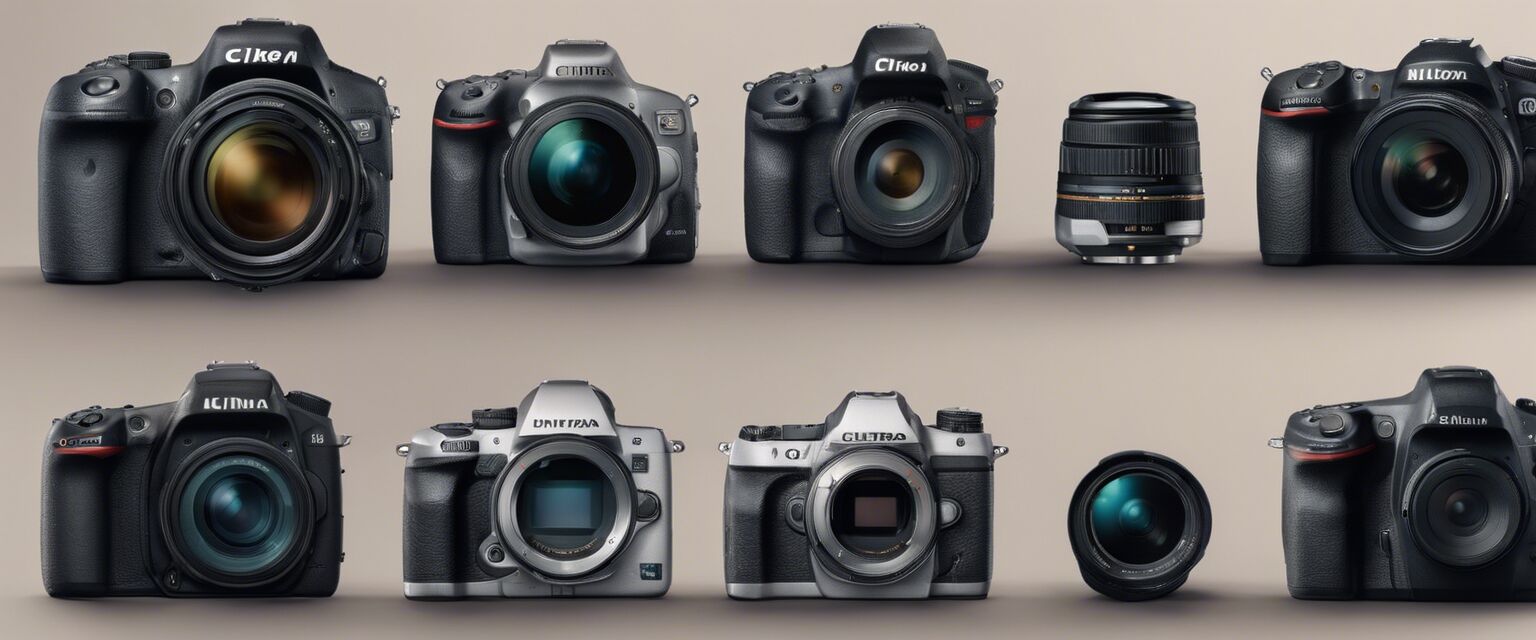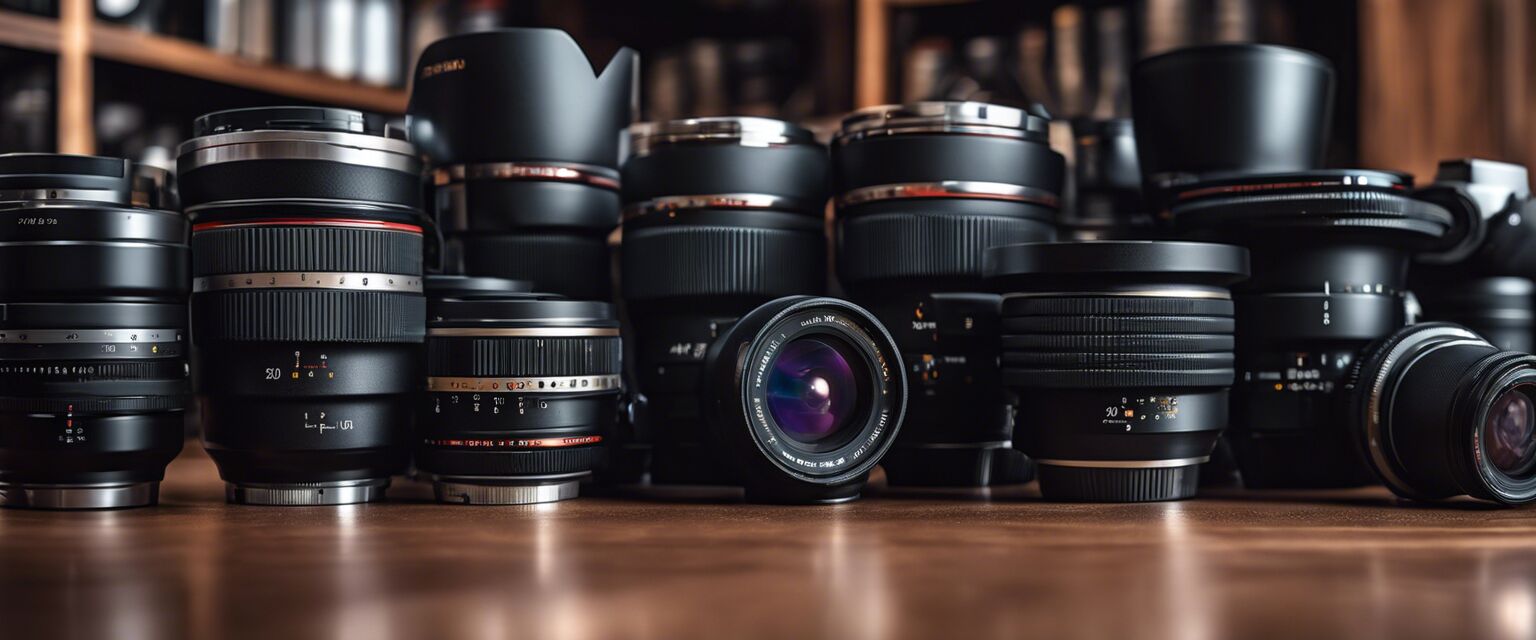
Camera Lenses
Key Takeaways
- Different types of camera lenses significantly affect photography quality.
- Understanding lens specifications helps you choose the right lens for your needs.
- Lens accessories can enhance your photography experience.
Camera lenses are crucial components in photography, as they significantly influence the quality of the images captured. Whether you're a professional photographer or a hobbyist, understanding various types of lenses and their functionalities can enhance your photography skills. In this article, we will explore different types of camera lenses, their specifications, and how they impact the overall photography experience.
Types of camera lenses
Camera lenses come in various types, each designed for specific photography styles and requirements. Here are some of the most common types:
| Lens Type | Description | Best For |
|---|---|---|
| Standard Lens | Offers a field of view similar to the human eye. | General photography, portraits. |
| Wide-Angle Lens | Captures a wider field of view. | Landscapes, architecture. |
| Telephoto Lens | Allows you to capture distant subjects. | Wildlife, sports photography. |
| Macro Lens | Designed for extreme close-ups. | Nature, product photography. |
| Fisheye Lens | Creates a distorted, spherical view. | Artistic photography, creative shots. |
Understanding lens specifications
When choosing a camera lens, it's important to understand its specifications, as they have a direct impact on your photography. Here are some key specifications to consider:
- Focal Length: This determines the zoom level and perspective of the images.
- Aperture: Affects the amount of light entering the lens and depth of field.
- Image Stabilization: Helps reduce blurriness in images, particularly at slower shutter speeds.
- Lens Mount: Ensure compatibility with your camera body.
Focal Length
The focal length of a lens is measured in millimeters (mm) and dictates how zoomed in or out your images will appear. Here’s a brief overview:
| Focal Length | Field of View | Type of Photography |
|---|---|---|
| 24mm or less | Very wide | Landscapes, interiors |
| 35mm to 50mm | Standard | Street, portraits |
| 70mm to 200mm | Telephoto | Wildlife, sports |
| 200mm or more | Super telephoto | Bird photography, distant subjects |
Aperture
The aperture of a lens is represented by f-numbers (e.g., f/2.8, f/4). A lower f-number means a wider aperture, allowing more light to enter and creating a shallower depth of field. Here’s how it impacts your photography:
- Wider apertures (f/2.8 and lower) are great for low-light conditions and achieving a blurry background.
- Narrower apertures (f/8 and higher) provide a greater depth of field, keeping more of the scene in focus.
Lens accessories
To enhance your photography experience further, consider using lens accessories. Here are a few popular options:
- Lens Filters: Protect the lens and can enhance colors or reduce glare.
- Lens Hoods: Prevent lens flare and protect the front element.
- Tripods: Provide stability for long exposure and macro photography.
Choosing the right lens for your needs
Selecting the right lens can be a daunting task, but considering a few factors can simplify the process:
- Identify your photography style (landscapes, portraits, wildlife, etc.).
- Determine the budget you are willing to allocate for a lens.
- Research compatibility with your camera body.
- Read reviews and experiences from other photographers.
Conclusion
Understanding camera lenses is essential for anyone looking to improve their photography skills. Different types of lenses serve unique purposes, and knowing their specifications can help you make informed decisions when selecting a lens. Whether you are capturing breathtaking landscapes or intimate portraits, the right lens can make all the difference.
Pros
- Improves image quality significantly.
- Variety of lenses for different photography styles.
- Many accessories available to enhance photography.
Cons
- Can be expensive, especially high-quality lenses.
- Weight and size can be cumbersome for travel.
- Learning curve for understanding specifications.
Further Reading
To enhance your photography skills, check out our other resources:
Image Examples
